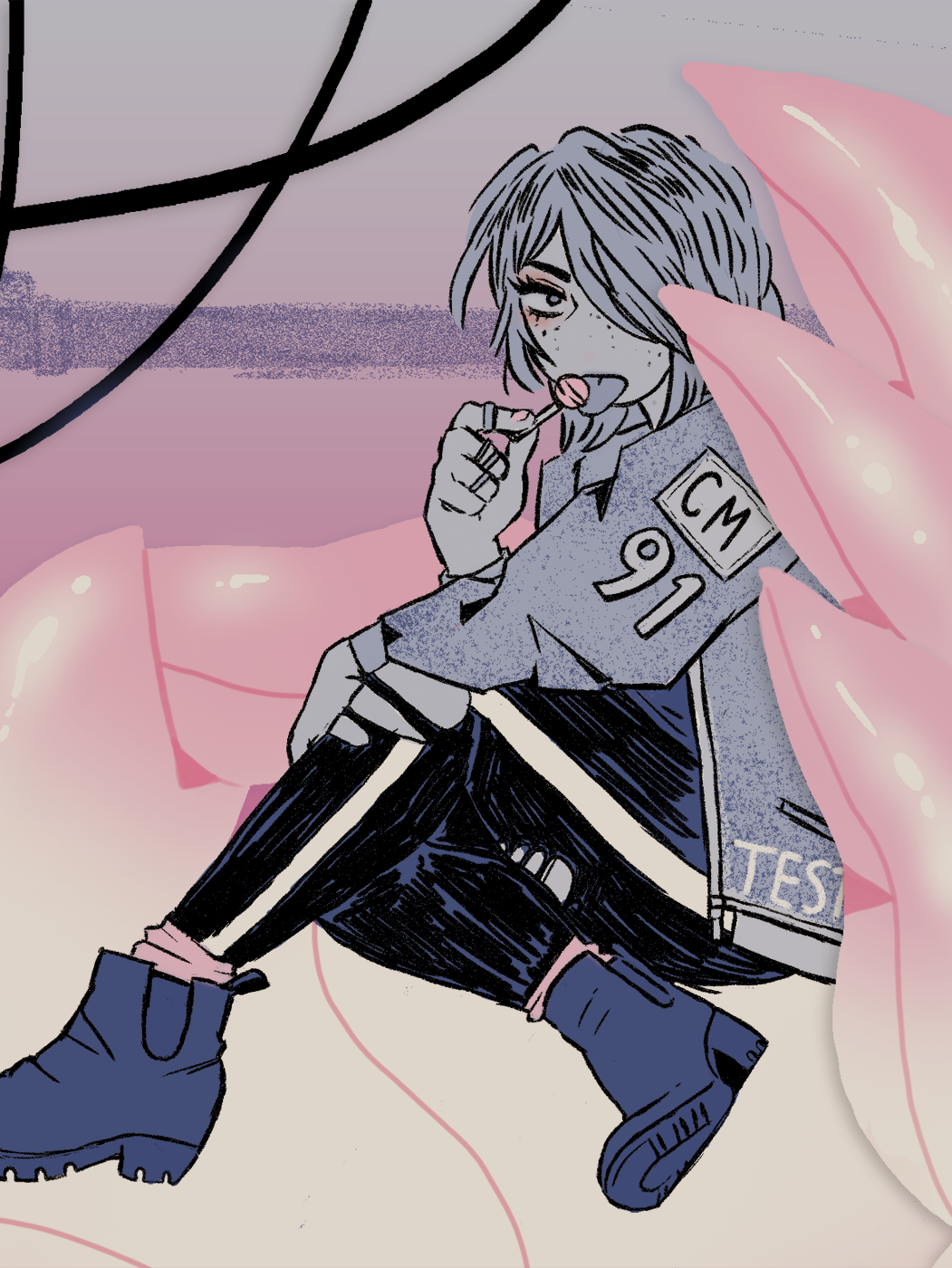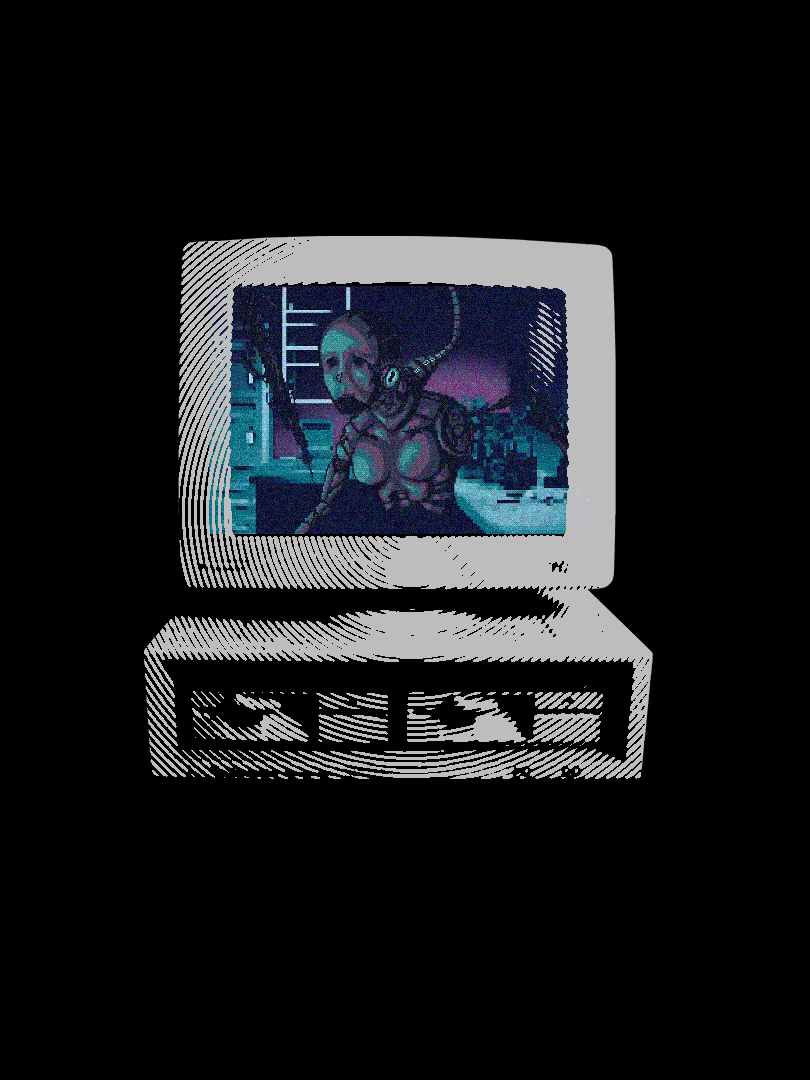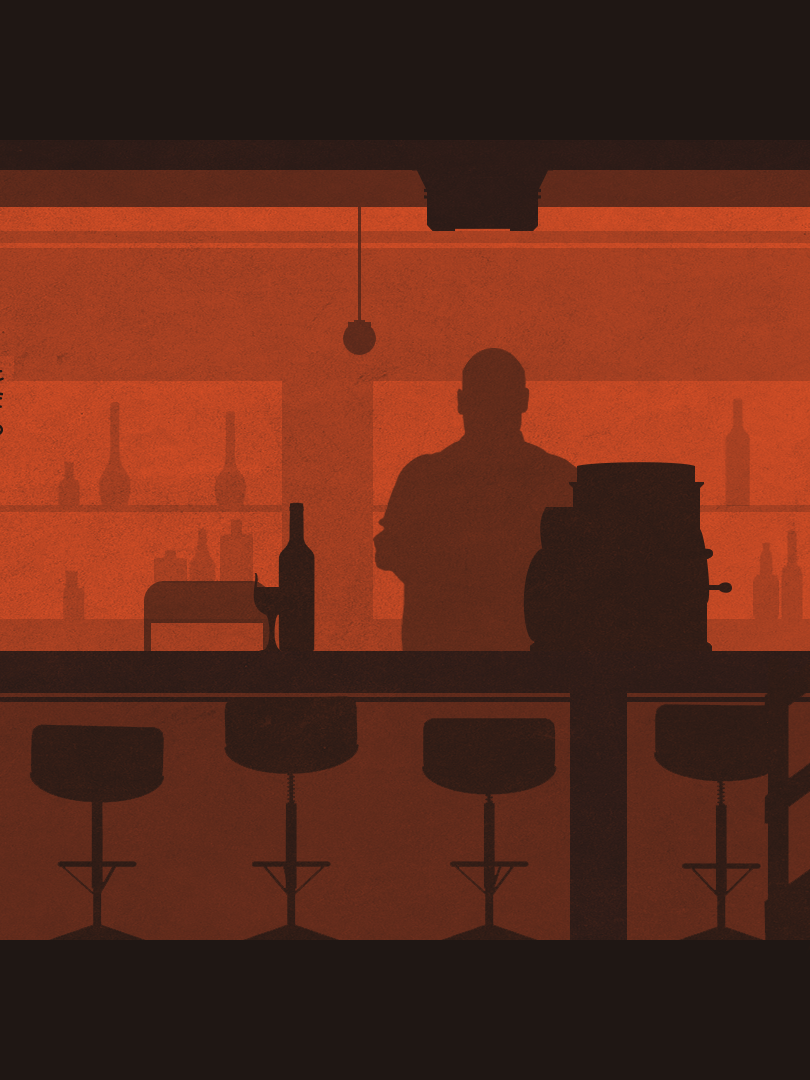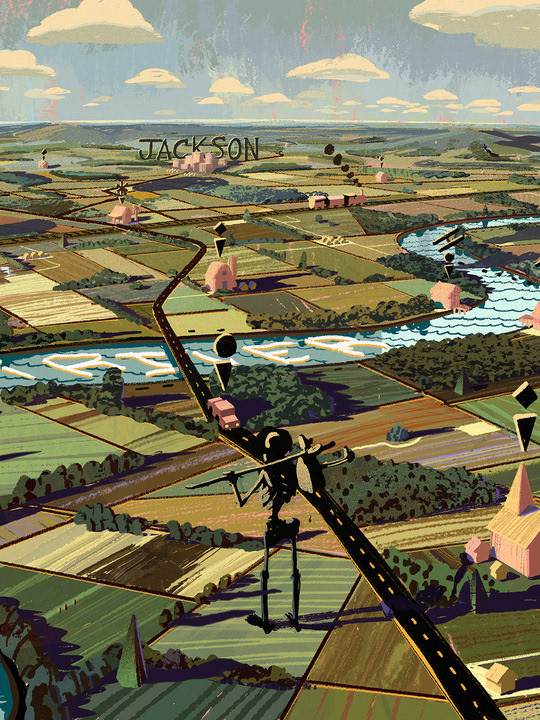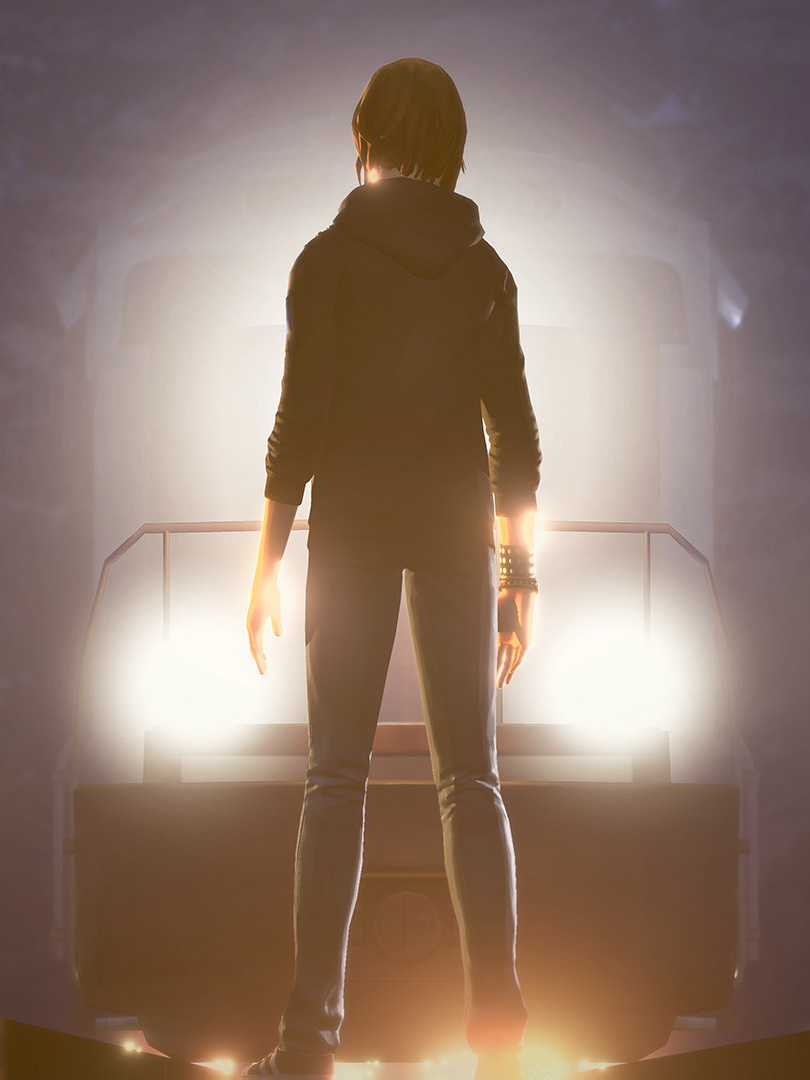Warning: There are spoilers ahead for the story of Anamorphine. This includes going into the sensitive themes of depression, loss, and mental health.
There have been numerous arguments and debates over the years as to whether or not interactivity in games elevates the stories they tell. Movies and books are passive experiences, allowing us to view the story from a singular perspective (usually from an omnipresent focus), and as a viewer, we have no agency on how they progress. In most cases, interactivity in games amounts to mechanics or binary choice. We engage with the gameplay systems given to us to achieve goals, progress through a world, or explore branching paths through dialogue and story. The story is presented in a different way compared to other mediums, but it is very rare that it takes advantage of the fact it is within the framework of a game.
Games like Nier: Automata which explore game storytelling by bending and breaking traditional conventions, or games like Hellblade: Senua’s Sacrifice which blend audio and visual stimulation to elevate immersion, or even games like Firewatch which subvert the audio diary mechanic expertly through an open dialogue between characters, are rare examples of video games leaning into their format for more powerful storytelling methods. Many games instead rely on traditional tropes and are stitched together by gameplay mechanics, with story divorced from gameplay. It is Montreal’s Artifact 5’s newest release, Anamorphine, that joins the ranks of the rare games that expertly blend story and gameplay together, elevating both.
You play as Tyler, a man who is struggling with his new reality after a traumatic event, and his guilt for what he believes to be his role in it. Through flashbacks and cyclical ventures through the apartment shared with his wife Elena, you begin to see the hope and happiness that once existed fade and crack over time. The literal facade of the happiness within the shared space of their home changes, and darkens, as the story goes on.
Anamorphine is powerful because it feels so familiar. We generally live our lives in one spot, anchored to a home, or a place, or a person. Days pass uneventfully and ultimately we instead focus our pasts on the tentpole moments that define us. Anamorphine takes these moments and creates a hub world for them, both literally and figuratively as you explore these memories as Tyler and find the times, the catalysts, for where everything fell apart. These central ideas revolve around Tyler’s anchors: Elena and their apartment. By exploring these memories and watching the apartment change between each flashback, the story begins to crystallize. It has a dual purpose. From the game’s producer Samantha Cook’s own words, the apartment is the stable base to find ground again between these sometimes surreal delves into the past. That is one purpose. The other, to subtly (and sometimes not so subtly) reflect Elena and Tyler’s relationship and mental state at that time.
By delving into the surreal, the game masterfully becomes a moving metaphor. With literally no dialogue or exposition, the player can surmise what the story is saying and exactly how Tyler and Elena feel. At the beginning of the game, there is an elongated sequence of exploring a moving truck with everything Elena and Tyler own within it. It immediately lets the player know who these characters are, where their interests lie and their ties to each other. Even the actual length gives a hint to the length of their relationship, representing the fact that Elena and Tyler have a history before we find ourselves in his shoes. This expert metaphorical imagery continues throughout the game, including calling back to the idea I previously mentioned about anchors. Tyler and Elena’s apartment changes over the course of the game but this culminates in an experience where the apartment has entered the surreal. Walls repeat themselves, furniture extends infinitely into a void, and mazes of doors lock Tyler away from Elena. By bending a familiar space into the unknown and into dangerous territory, the player becomes uncomfortable. This trope has been used in games before, usually in games outside of this genre. XCOM: Enemy Unknown has the base fall under attack by aliens to give the player a sense of urgency. The original Normandy is destroyed in the opening of Mass Effect 2 to show the player the stakes and to erase the familiar. Both of these examples make the player question the normal, and Anamorphine does this constantly.
Between the apartment becoming its own antagonist in the game, the game whisking the player away suddenly back to the “void” (where these tentpole flashbacks have been enshrined) after sequences, and after constantly destroying the familiar, Anamorphine makes the player uneasy, and that’s the point. Tyler blames himself for what has happened, and the themes being explored are uncomfortable. It is this that helps make the game so relatable and puts the player into Tyler’s mindset. Through exaggerated imagery, an evocative musical score, and a fantastic sense of place, Anamoprhine tells a story of failing each other and failing ourselves.
The game deals in the uneasy, and doesn’t hold back in showing the deterioration of both Tyler and Elena. That idea actually, of something falling apart, becomes the core of Anamorphine. It begins with Elena, a talented musician, losing her ability to play. Elena’s music is her life, and the game stresses this constantly through both memory and through an amazing musical tapestry weaved by composer and sound designer Beatrix Moersch. It all stems from Tyler as well, who attempts to share his passion for biking with her, which causes this accident. From there, things break down. Elena turns to her pain pills for solace and slips deeper and deeper into depression as a core tenet of her identity is stripped away from her. Even after she heals, she struggles to play. Tyler blames himself for this and struggles to find a role in her life as she constantly shuts him out.
As the player, you can only watch this play out. In games, interactivity is a powerful tool. In other games, there would be a chance to fix things, to interact and to help, and to save. That is isn’t the point of Anamorphine though. By removing the player’s agency in a format where in many cases the freedom of choice is the storyteller, the player becomes even more like Tyler. Locked in a body and doomed to watch this play out.
This all culminates in Elena’s death. A scene made even more powerful by everything that came before it. The foreshadowing, the lack of player agency, the cyclical nature of the apartment. It all leads to this moment and comes together to deliver the player to a feeling of loss. Defeat in games is common, but Anamorphine gives you no chance to reload a save and rescue Elena from her fate. It drops you in it and lingers there, which is what life does. In hindsight we see the signs, we find those moments that seemed so innocuous at first and replay them over and over in our head. By both removing player choice and giving the player space to truly occupy Tyler, it makes these moments feel real. It feels almost too real at times, and the game leans into the surreal imagery to tell you this. While what you see might be fantastical, the emotion behind it is human. Seeing Elena’s body on the street below the apartment you shared, is the true blend of the surreal and the grounded, that the game has been presenting this whole time.
Anamorphine ends back in the bright hub world of memory, expect this time there is a new structure. One that stretches on with possibility. Anamorphine starts with hope and ends with hope. The connection between Elena and Tyler is broken beyond repair but there is joy in what they did have, and at the end, the game focuses on that. It gives it’s the only line of dialogue and invites Tyler to leave his anchor and find a new purpose. By altering what is real, and by presenting grounded emotion, Anamorphine gives a new reality. At times it is hard, but it also tells us there is hope in the face of despair.


